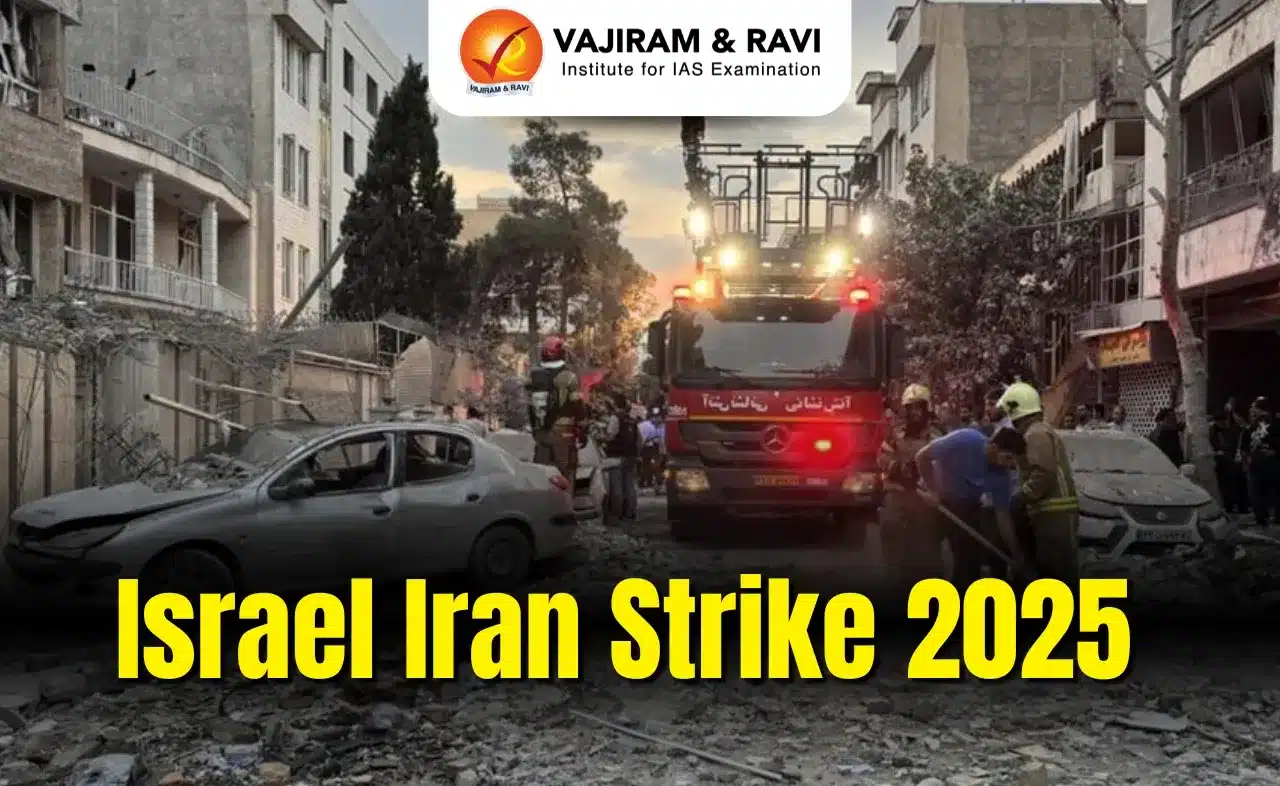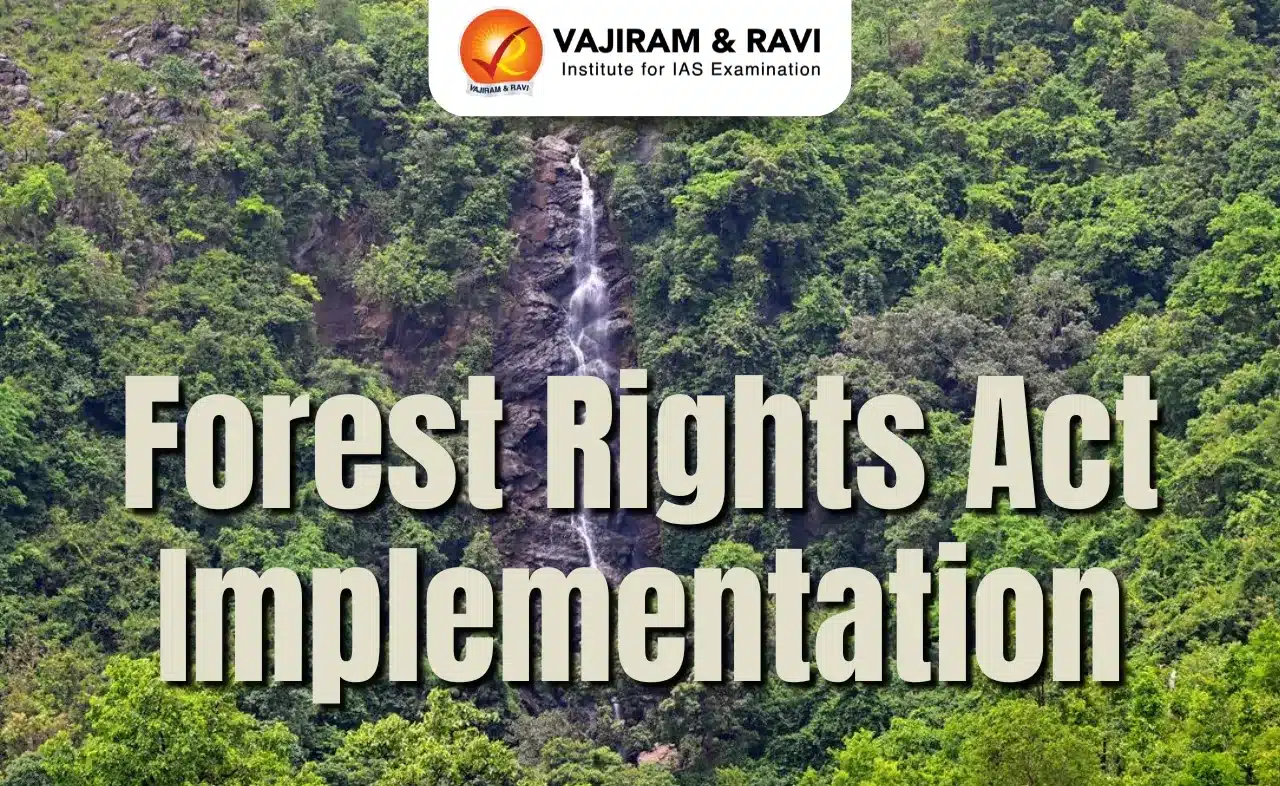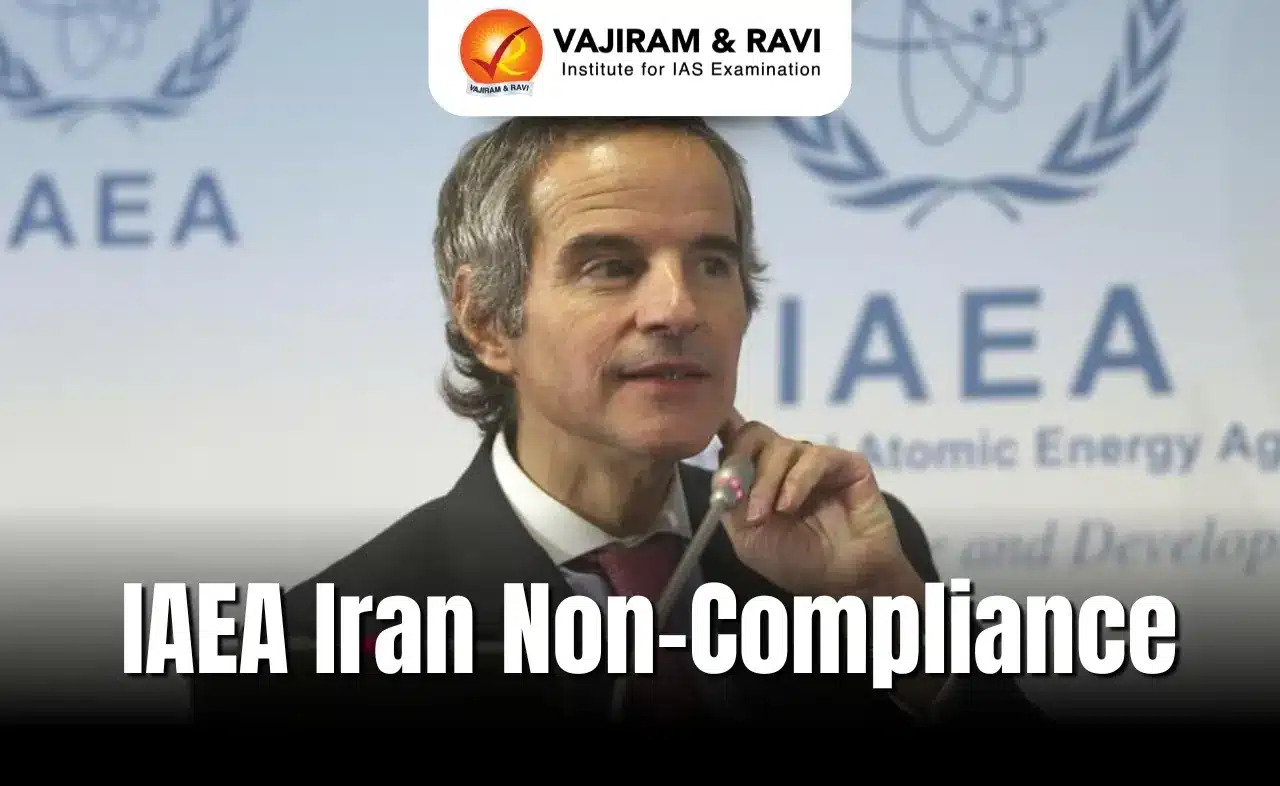What’s in today’s article?
- Why in News?
- Emergency Provisions – Now and Then
- Impacts of the Declaration of Emergency on India’s Federal Structure
- The Political and Social Circumstances in India Leading up to the Emergency
- End of Emergency and Afterwards
- What Happened During the Emergency?
- How did the Emergency Change Indian Politics?
Why in News?
- A dark chapter in modern Indian history that left a wide-ranging and lasting impact on Indian politics, a state of Emergency declared by the then-PM Indira Gandhi on June 25, 1975, lasted for 21 months.
- India entered the fiftieth year of the imposition of the Emergency, which saw the suspension of civil liberties, curtailment of press freedom, mass arrests, the cancellation of elections, and rule by decree.
Emergency Provisions – Now and Then:
- Under Article 352 of the Constitution of India, the President may (on the advice of the Council of Ministers headed by the PM) issue a proclamation of emergency if the security of India or any part of the country is threatened by –
- War or
- External aggression or
- Armed rebellion.
- Article 358 frees the state of all limitations imposed by Article 19 (“Right to freedom”) as soon as an emergency is imposed.
- Article 359 empowers the President to suspend the right of people (except under Articles 20 and 21) to move court for the enforcement of their rights during an emergency.
- In 1975, the ground of “internal disturbance” (instead of armed rebellion) was available to the government to proclaim an emergency.
- This was the only instance of proclamation of emergency due to “internal disturbance”.
- The other two occasions in which an emergency was proclaimed earlier (on October 26, 1962, and December 3, 1971), were both on grounds of war.
- This ground of “internal disturbance” was removed by the Constitution (44th Amendment) Act 1978 by the Janata government that came to power after the Emergency.
Impacts of the Declaration of Emergency on India’s Federal Structure:
- Converts the federal structure into a unitary one:
- Though not suspended, the state governments come under the complete control of the Centre.
- Parliament makes laws on subjects in the State List, and extends the Union’s executive powers to the states.
- The Union acquires the right to give any direction to state governments.
- Term of Lok Sabha: Parliament may by law extend the (five-year) term of Lok Sabha one year at a time.
- Allocation of financial resources: The President can modify, with parliamentary approval, constitutional provisions on the allocation of financial resources between the Union and states.
The Political and Social Circumstances in India Leading up to the Emergency:
- January 1966: Indira Gandhi elected prime minister.
- November 1969: The Congress splits after Gandhi is expelled for violating party discipline.
- 1973-75: Surge in political unrest and demonstrations against the Indira Gandhi-led government.
- 1971: Political opponent Raj Narain lodges complaint of electoral fraud against Indira Gandhi.
- June 12, 1975: Allahabad High Court found Gandhi guilty over discrepancies in the electoral campaign.
- June 24, 1975:
- The Supreme Court granted a conditional stay on the Allahabad HC verdict, declaring Gandhi’s election to the Lok Sabha null and void.
- The SC also asked Gandhi to stay away from parliamentary proceedings.
- June 25, 1975: Declaration of Emergency by president Fakhruddin Ali Ahmed on the advice of Indira Gandhi.
- According to the government’s press note, certain persons were inciting the police and armed forces to not discharge their duties.
- June 26, 1975: Indira Gandhi addresses the nation on All India Radio.
End of Emergency and Afterwards:
- January 18, 1977: Indira Gandhi calls for fresh elections and releases all political prisoners.
- The elections of 1977 led to a comprehensive defeat for Indira and Morarji Desai became India’s first non-Congress (Janata Party) Prime Minister.
- March 23, 1977: Emergency officially comes to an end.
- The Shah Commission, constituted by the Janata government, found the decision to impose Emergency to be unilateral and adversely affecting civil liberties.
- The Janata government (through the 44th Amendment) reversed many of the constitutional changes effected by the 42nd Amendment Act 1976.
- For example, it made judicial review of a proclamation of emergency possible again, and mandated that every proclamation of emergency be laid before both Houses of Parliament within a month of the proclamation.
- Unless it was approved by both Houses by a special majority (a majority of the total strength of the House and not less than two-thirds of the members present and voting), the proclamation would lapse.
What Happened During the Emergency?
- Suspension of civil liberties:
- Almost all opposition leaders (including JP) were detained and about 36,000 people were put in jail under the Maintenance of Internal Security Act (MISA).
- Newspapers were subjected to pre-censorship.
- In September 1976, Sanjay Gandhi initiated a mass forced sterilization program in Delhi.
- Legal changes pushed through by Parliament:
- With the opposition in jail, Parliament passed the Constitution (38th Amendment) Act that barred judicial review of the Emergency.
- The Constitution (39th Amendment) Act said that the election of the Prime Minister could not be challenged in the Supreme Court.
- The Constitution (42nd Amendment) Act made changes to a range of laws,
- Taking away the judiciary’s right to hear election petitions,
- Widening the authority of the Union to encroach on State subjects,
- Made any law passed by Parliament to implement any or all directive principles of state policy immune to judicial review, etc.
- Changes pushed through by the Courts: In the famous case of ADM Jabalpur vs Shivkant Shukla (1976), the SC ruled that detention without trial was legal during an emergency.
How did the Emergency Change Indian Politics?
- Dented the Congress’ reputation: A party that led the struggle for civil liberties against the colonial state.
- First non-Congress government: The Janata experiment gave India its first non-Congress government, but its collapse also demonstrated the limits of anti-Congressism.
- Emergence of young leaders: The Emergency gave India a crop of young leaders (Lalu Prasad Yadav, George Fernandes, Arun Jaitley, Ram Vilas Paswan, etc) who would dominate politics for decades to come.
- Coming together of the social forces:
- This resulted in the increase of the representation of OBCs in Parliament.
- As a result, the Janata government appointed the Mandal Commission to look into OBC quotas, which would go on to make the rise of the OBCs in North India irreversible.
- The Emergency has become a part of political vocabulary in India: Every perceived act of high-handedness by a government being attributed to an “Emergency mindset”.
Q.1. Why were emergencies in India proclaimed on October 26, 1962, and December 3, 1971?
National Emergency was proclaimed in India on October 26, 1962, due to “external aggression” during the Sino-Indian War. National Emergency was imposed December 3, 1971, on the grounds of “external aggression” during the Indo-Pakistani War.
Q.2. What are the major changes introduced by the 44th Amendment of the Indian Constitution?
The 44th amendment has removed the right to property from the list of fundamental rights [Article 19 (1)(f)] and gave it the status of a legal right under Article 300A.
Source: 1975 Emergency explained: A look back at India’s ‘dark days of democracy’ | IE
Last updated on June, 2025
→ UPSC Notification 2025 was released on 22nd January 2025.
→ UPSC Prelims Result 2025 is out now for the CSE held on 25 May 2025.
→ UPSC Prelims Question Paper 2025 and Unofficial Prelims Answer Key 2025 are available now.
→ UPSC Calendar 2026 is released on 15th May, 2025.
→ The UPSC Vacancy 2025 were released 1129, out of which 979 were for UPSC CSE and remaining 150 are for UPSC IFoS.
→ UPSC Mains 2025 will be conducted on 22nd August 2025.
→ UPSC Prelims 2026 will be conducted on 24th May, 2026 & UPSC Mains 2026 will be conducted on 21st August 2026.
→ The UPSC Selection Process is of 3 stages-Prelims, Mains and Interview.
→ UPSC Result 2024 is released with latest UPSC Marksheet 2024. Check Now!
→ UPSC Toppers List 2024 is released now. Shakti Dubey is UPSC AIR 1 2024 Topper.
→ Also check Best IAS Coaching in Delhi





















